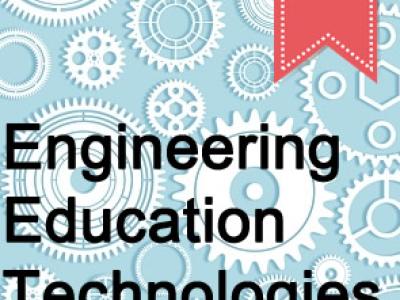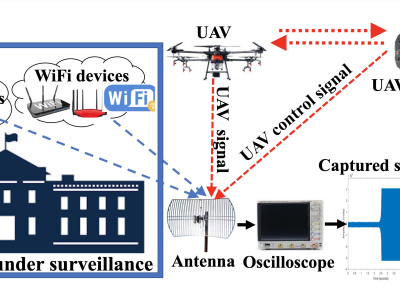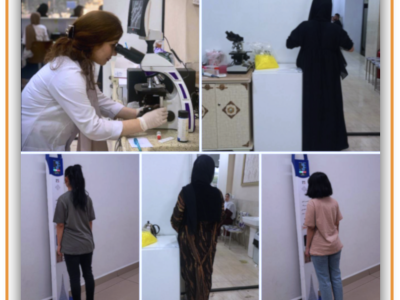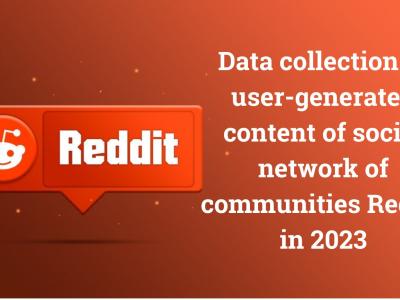Engineering Education Technologies Report 2020
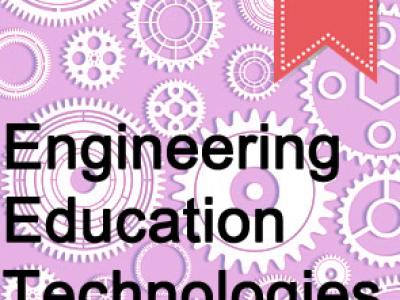
- Citation Author(s):
-
Sergio Martin (UNED - Universidad Nacional de Educación a Distancia)Manuel Castro (UNED - Universidad Nacional de Educación a Distancia)Russ Meier (Milwaukee School of Engineering)Esther López-Martín (UNED - Universidad Nacional de Educación a Distancia)Alexis Moreno-Pulido (UNED - Universidad Nacional de Educación a Distancia)
- Submitted by:
- Sergio Martin
- Last updated:
- DOI:
- 10.21227/jnm9-bb10
- Data Format:
 225 views
225 views
- Categories:
- Keywords:
Abstract
This dataset analyzes a survey delivered in 2019 to 259 experts in engineering education that asked them to forecast which information and communication technologies were most likely to impact the practice of engineering education based on the expert's discipline (electrical, electronics, mechanical, telecommunications engineering, computer science, etc.) and region. Results indicate that Adaptive and personalized learning technologies, Learning analytics, and Open educational resources are the three most promising technologies that will impact engineering education in the short term.
Instructions:
The main objective of this work was to identify technology meta-trends based on perceptions of engineering education researchers and practitioners and to evaluate whether these perceptions are reflected in the social interest and the scientific impact over time.
The survey questionnaire and real-time report of expert predictions are available at the following link: http://open.ieec.uned.es/EERT/survey.php. The list of important technologies was compiled based on three main sources. Firstly, technologies were obtained from the topics of the major international conferences in the education arena with widespread geographical distribution:
•ASEE/IEEE Frontiers in Education Conference (FIE 2019), held in USA.
•IEEE Global Engineering Education Conference (EDUCON 2019), held in Dubai.
•IEEE International Conference on Teaching, Assessment, and Learning for Engineering (TALE 2019), held in Indonesia.
•IEEE World Engineering Education Conference (EDUNINE 2019), held in Peru.
•IEEE Learning with MOOCs (LWMOOCs 2018), held in Spain.
•International Conference on Remote Engineering (REV 2019), held in India.
•ASEE Annual Conference 2019, held in USA.
•AACE Global Conference on Learning and Technology (Global Learn 2019), held in USA.
•AACE Global Conference on Educational Multimedia, Hypermedia and Telecommunications (ED-MEDIA 2019), held in The Netherlands.
•AACE Society for Information Technology and Teacher Education International Conference (SITE 2019), held in USA.
•International Conference on Education and Educational Research (ICEER 2019), Spain.
•Australasian Association for Engineering Education Annual Conference (AEEE 2018), held in Australia.
•Research in Engineering Education Symposium (REES 2019), held in Africa.
•Japanese Society for Engineering Education (JSEE 2019), held in Japan.
•World Conference on Continuing Engineering Education (IACEE 2019), held in USA.
Secondly, technologies were also obtained from papers published in three of the most cited engineering education journals during the years 2018 and 2019, with a total of 190 papers analyzed: IEEE Transactions on Learning Technologies, IEEE Transactions on Education, and ASEE Journal of Engineering Education.
The resulting list of technologies was validated by the Editors-in-Chief of sector journals, such as IEEE Transaction on Education, IEEE Transaction on Learning Technologies and the Revista Iberoamericana de Tecnologías del Aprendizaje (IEEE Latin American Learning Technology Journal). Besides providing validation of the initial list, the Editors-in-Chief also provided some suggestions based on their experience. The edited list of technologies included 25 entries.
Finally, the distribution of the survey was done through several electronic mailing lists that include many engineering education experts. The mailing lists chosen for dissemination were:
•IEEE Education Society.
•ASEE Engineering Technology Division.
•ASEE Engineering Research and Methods Division.
•IEEE EDUCON conference participants.
Dataset columns descriptions:•id: unique identifier of the vote.
•Technology. The experts were asked to select which three of these technologies they believed would have the greatest impact on engineering education. The list of technologies provided were: Adaptive and personalized learning technologies; Chatbots and virtual assistants; Cloud computing; Digital accreditations (badges, free/paid digital diplomas); Digital twins; Distributed remote labs (federated remote labs); Games and serious games; Intelligent tutoring system; Internet of things; Learning analytics; Massive open online courses; Mobile apps; Open educational resources and practices; Peer online assessment; Remote labs; Robotics in the classroom; Virtual labs; XR and immersive environments
•Temporal horizon: a prediction of the three most important technologies that will impact the education of students in the participant’s engineering field, a prediction by the participant of when each of the three chosen technologies would be implanted in education with the choices (a) 1 year or less, b) 2-3 years, and c) 4-5 years).
•Challenge: This row indicates the challenges or requirements needed to get the technologies to truly make an impact: a) Better understanding of new ways of interacting with students, b) Creativity in designing learning experiences, c) Development of better technology infrastructures, d) Maturity of the technology, e) More funds to further development and implantation, and f) New pedagogical methodologies that apply to the technology.
•Country of residence
•Discipline: subject area that you teach to students (Aerospace, Biomedical Engineering, Chemical and Biochemical Engineering, Civil Engineering, Computer Science and Software Engineering, Control Systems, Electrical and Computer Engineering, Electronics, Energy, Geoscience and Remote Sensing, Industrial, Mechanical Engineering, Robotics, Technology and Engineering Education, Telecommunications, Vehicular Technology, and Other),
•Work area: industry or academia
•Years of experience: It indicates the number of years of experience as engineering educator. It can take the following values: <3, 4-9, 10-19, 20+



